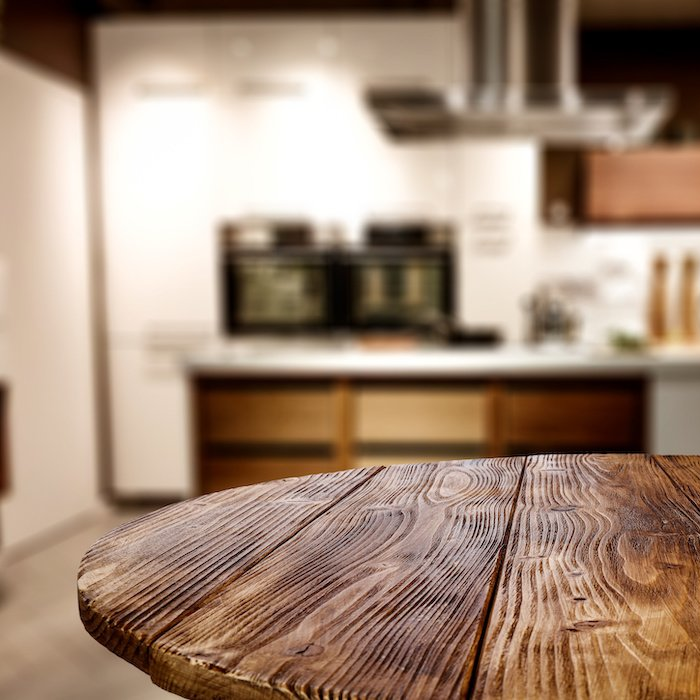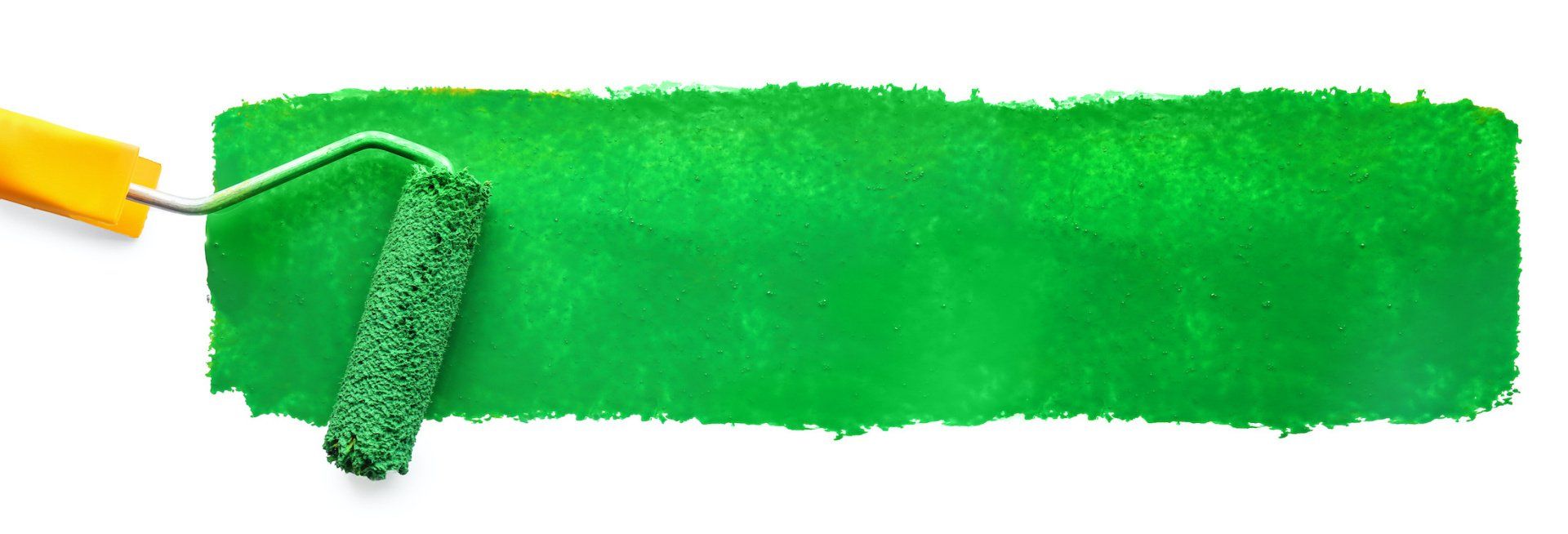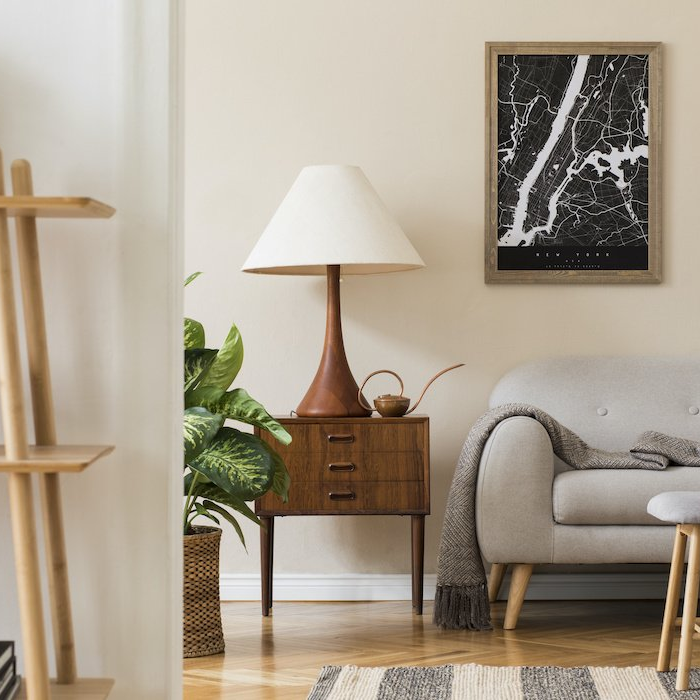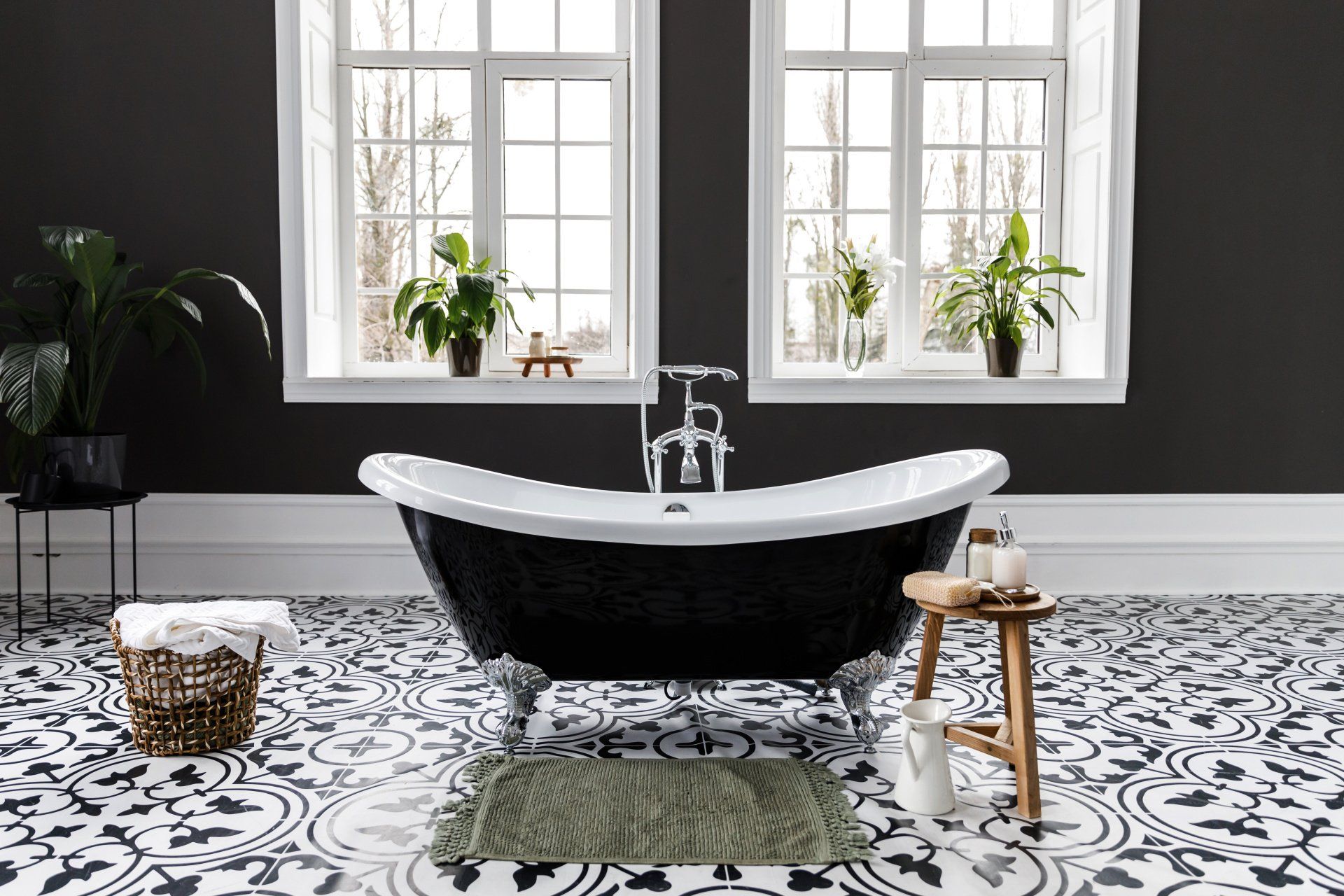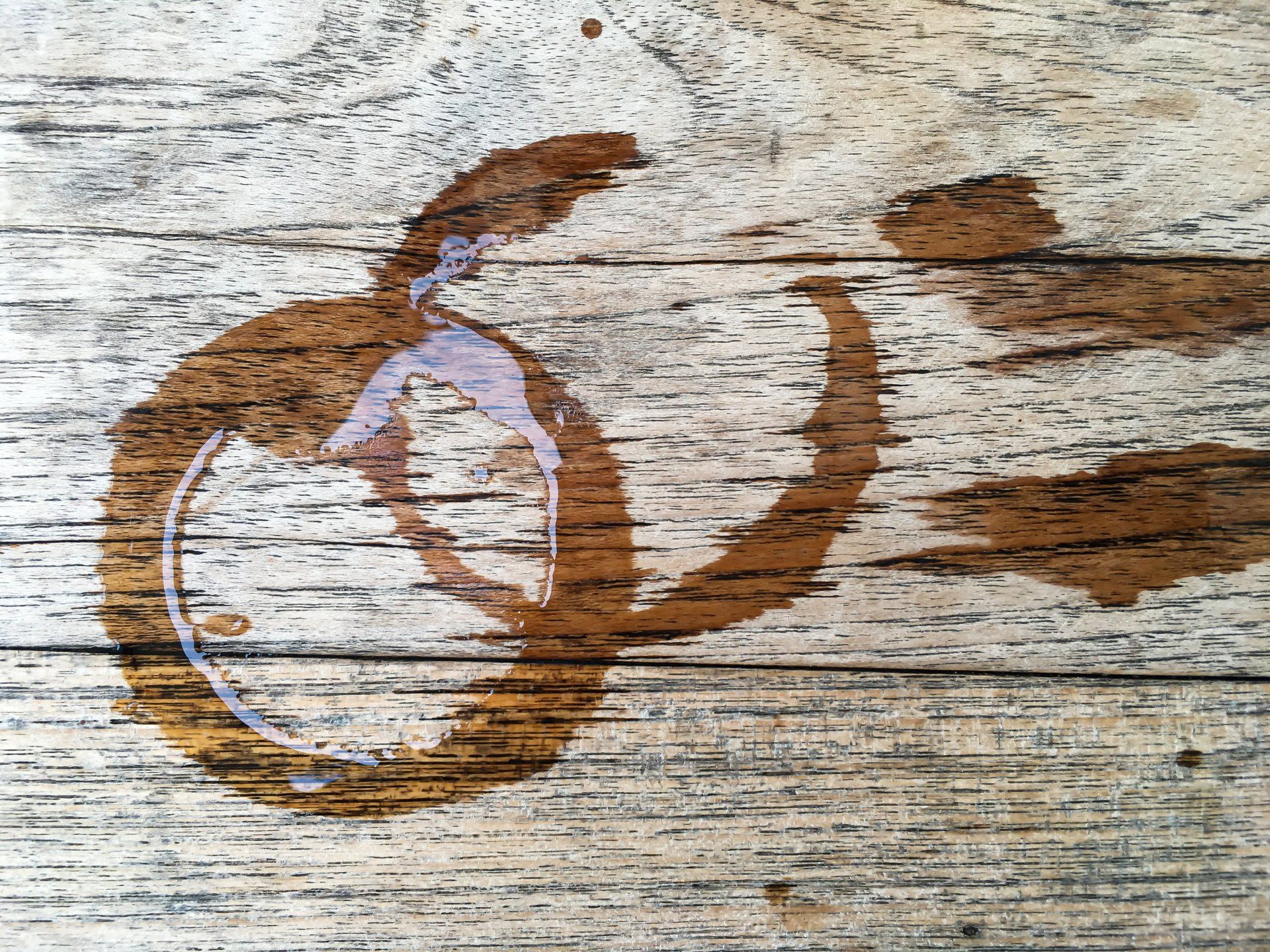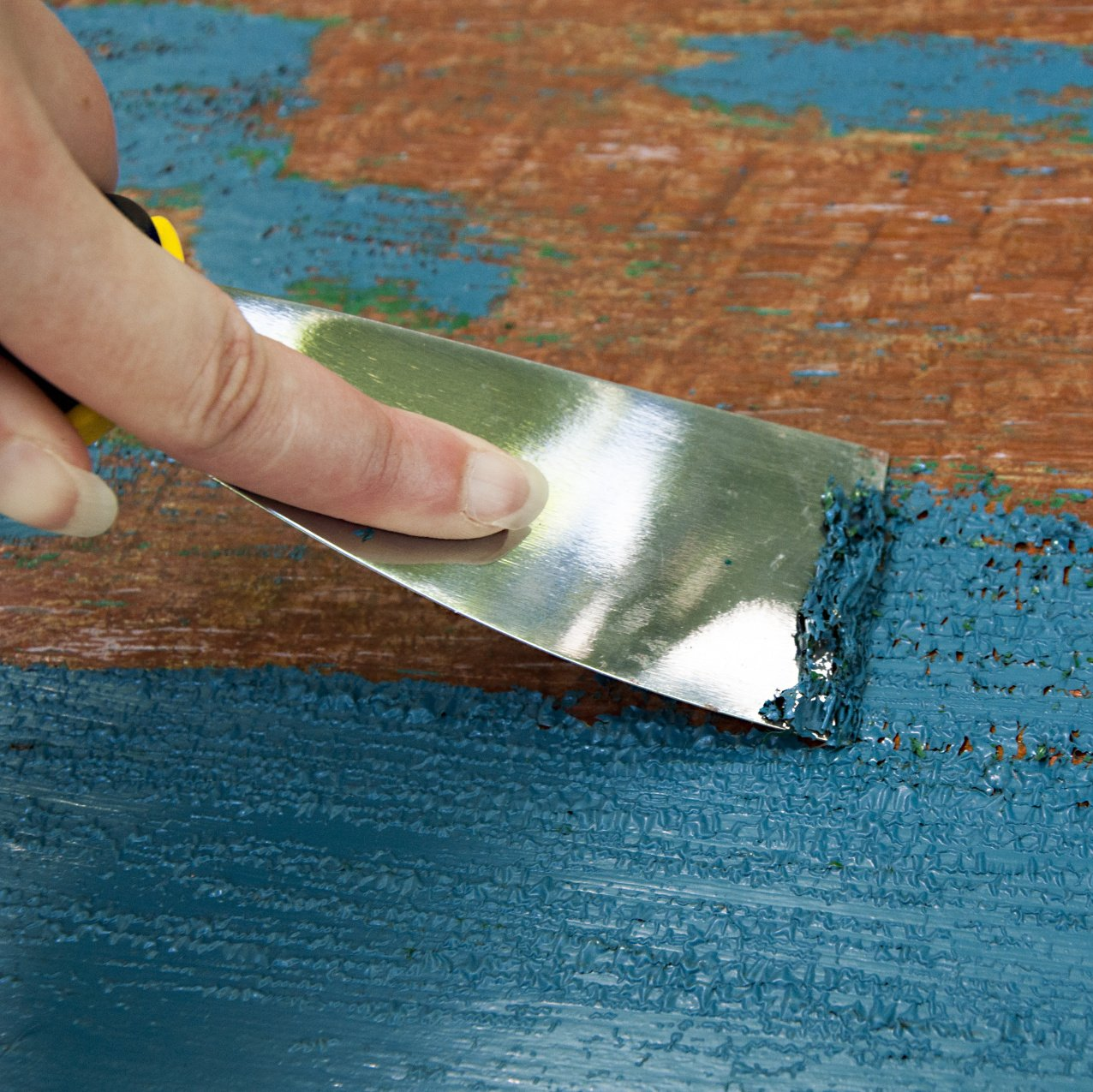How to Dispose Of Old Paint Cans Properly
Sam Lutz • May 6, 2014
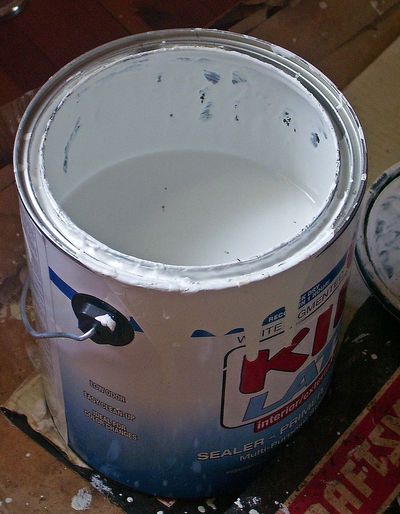
If you’re a typical homeowner, you probably have quite a few cans of old paint sitting around in your shed or garage. When the time comes to throw those paint cans away, remember that some paints cannot be disposed of legally. Proper paint disposal depends on the type of paint and the laws of your particular state.
Water-Based and Latex Paints
For much of the population, latex and water-based paints can be safely disposed of without trouble. There are a few caveats to keep in mind. The Huffington Post
reports that if you live in the states of California, Washington or Minnesota, latex and water-based paints are only safe to throw away if they’ve dried up. Leave cans that have only 1/4 of the paint left in them out in the sun to dry. When the paint has hardened into a nice lump, throw the paint away.
If you live in any one of the other 47 states that allow you to dispose of latex and water based paints legally, dump the paint separately (shredded paper and kitty litter both make great receptacles for old paint), then clean and recycle the can.
Oil-Based Paints
The EPA classifies oil paints as a “hazardous household waste.” It is flammable and toxic, and must never be thrown out–even if it has been dried. Contact your Department of Sanitation for information about disposing your old unused paint.
Donation
Organizations like Habitat for Humanity, church groups, community theater organizations and schools may take your paint. This is a good way to avoid making waste, while doing good for the community where you live!

Paintcare.org
As of March 2014, residents of California, Oregon and Connecticut may take their old paint to drop-off locations listed on the paintcare.org
website. More states are scheduled to participate in this program over time:
- Vermont – May 1, 2014
- Rhode Island – June 1, 2014
- Minnesota – July 1, 2014
- Maine – January 1, 2015
Keeping Your Old Paint
It makes sense to hang on to all your old paint cans, provided that you have the storage space. This can come in handy if you ever undertake room renovations or repairs. Popular Mechanics
advises that you store your unused paint cans, upside down, in a location that doesn’t freeze and doesn’t get too hot. The New Jersey Union County website
further recommends that you place a piece of plastic wrap over the opening in the can before replacing the lid. Placing the can upside down creates an air-tight seal over the lid, allowing the paint to stay fresh for many years.
If you’re worried about upside-down paint storage, put the paint cans into a plastic bin that will catch any paint that leaks out. Don’t forget to label the paint cans to help you remember which can corresponds to which room you used it in.
Consolidate
If you’re storing multiple cans of paint, you might try the space-saving technique of consolidating different hues of latex paints into one can, as advised by Popular Mechanics. You should only do this if you don’t plan to use your paint for touch-up jobs in the future. The resulting color may not be right for all projects, but could be used as a base coat for some paint job down the road.
Ideas For Using Old Paint
In addition to the usual repair jobs that come up from time to time, old paint can be used to refinish old cabinets and pieces of furniture. Use sandpaper to rough up the surface before applying the paint. This gives the paint something to adhere to as it dries, and will prevent it from peeling in the future.
Like that antiqued look? This can be easily achieved by painting furniture with two different colors of paint. (remember to leave adequate time for the lower coats to dry before painting the upper coats!) Use sandpaper to scrape away the edges of the upper coat to reveal glimpses of the color underneath.
Avoid Buying Too Much Paint
The best thing you can do to limit your paint waste is to avoid buying too much paint. Find out the square footage of the wall that you’ll be painting, then buy the right amount of paint for that square footage. To find the square footage, multiply the length of the wall by the height. If you’re painting multiple walls, find the square footage of each individual wall and add it together.
Dummies.com says, as a rule of thumb, 1 gallon of paint will cover 350 square feet. Of course, there are caveats. The type of paint and the absorbency of the surface can both affect the amount of paint required. Unpainted drywall will absorb moisture from paint more freely than surfaces that already have one or two coats of paint. This increases the likelihood of streaking, requiring more coats of paint. This same general principle applies to basically any porous, absorbent surface.
For best results, plan on applying least two coats for any paint project. To avoid streaks, many darker paints will need more coats than lighter paints. Some paint colors, like dark red, may require quit a few coats–so be prepared. Starting with a coat of tinted primer will help with this.
If you’re not sure how much paint to buy, measure your walls and ask your local paint retailer before you make your purchase.
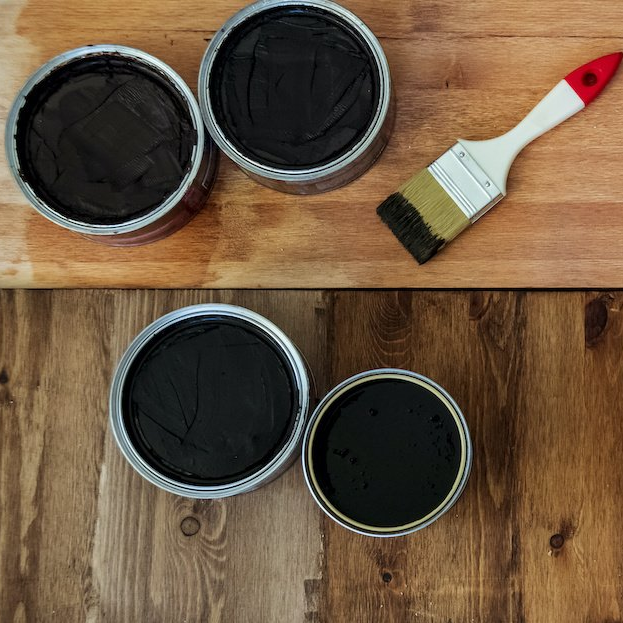
One of the wonderful things about good wood furniture is that it doesn’t have to be merely functional. It can be beautiful as well. We’ve seen some amazing pieces made with wood stains that are more than just furniture, they’re works of art. So if you’ve got an old table, desk or other piece of wood furniture that needs jazzed up, why don’t you consider using some of our great stains to try one of these ideas.

